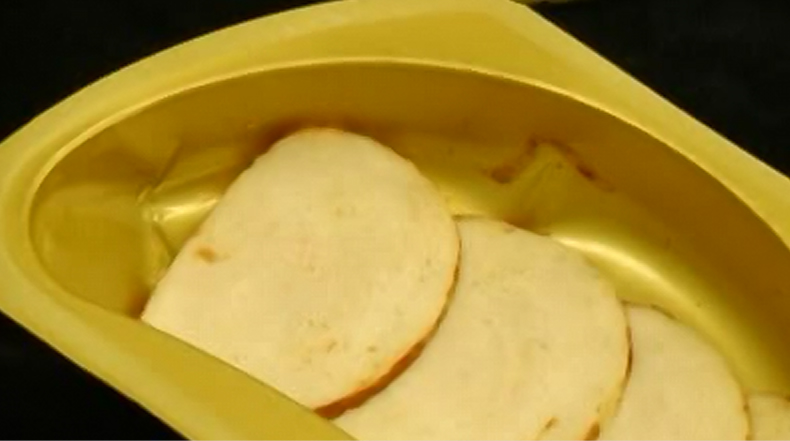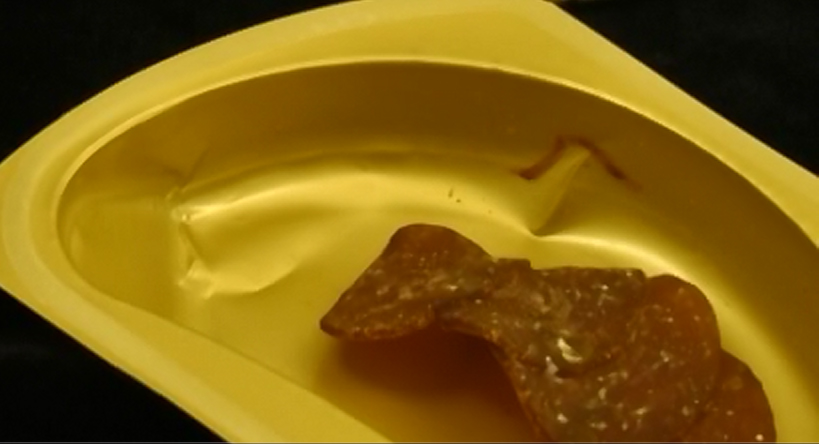-
Home
-
-
Blogposts
-
-
MAP Technology has Changed the Food Industry Around the World Through Ages
-
MAP Technology has Changed the Food Industry Around the World Through Ages
Oxygen the enemy!
For many decades food producers have known that one of their big enemies is all around us: air. Expose your food to air – and in particular the oxygen in the air – and your shelf life will reduce. It’s the oxygen in the air that allows bacteria and other bugs to grow and spoil the food. Or a process called oxidation can cause foods to go off – such as fats and oils becoming rancid. Keep oxygen levels low and your product will last much longer.
“For products preserved in tins or jars this is not such a big problem – they can last for literally years if they remain sealed,” says Morten Torngaard, Sales Manager for MOCON Europe. Here is an extreme example.
In 1865 a steamboat called Bertrand sank in the Missouri river in the US. In 1968 – more than 100 years later – the wreck was discovered. A number of canned products were retrieved from the wreck, including tins of peaches, oysters and tomatoes. |

Morten Torngaard
Sales Manager
|
In 1974 scientists at the US National Food Processors Association opened the tins and tested the contents. You can read the full story
here.
“So sealing food in tin cans is clearly a good way to preserve the product, but also expensive” comments Morten. “For fresh products such as meats, cheese or fruit and veg, other ways must be found to keep the food fresh for as long as possible.”
One way of keeping air out of the product is through vacuum packaging – literally sucking all the air out of the package. “Actually this is not a bad way to give the shelf life a boost, but it does have disadvantages,” says Morten. “The presentation is not that great: a juicy fillet stake cannot be shown off in all its glory if it is squashed up in a vacuum package. Also it is difficult to put stickers and labels on a crinkled packet. And of course not everything can be stored in this way. Soft fruit such as grapes would not react too well to being squashed in a vacuum pack.”
An alternative way to increase the shelf life of a food product is to treat it with chemical additives. But this can affect the flavour and colour.
The shipping connection
Then, in the 1950s and 60s a US company called Whirlpool Corporation developed methods to replace air with different gases – a so-called modified atmosphere. This was for food that was being stored in bulk, such as in warehouse containers. The air was replaced with gas such as carbon dioxide or nitrogen, which slows down the rate that bugs grow. The idea was then extended to containers on ships, transporting produce across the oceans. “This kept the food fresh on long journeys that could last days or even weeks,” notes Morten. “For example lamb being exported from New Zealand or Australia to Europe, or fruit and vegetable products from South America.”
Technologists in the food industry then began to wonder if it might be possible to do the same thing at a much smaller scale – that is to flush individual food packages with a modified atmosphere to drive off the oxygen. In the 1960s the British Flour Milling and Bakery Research Association showed that if bakery products were packaged in high levels of carbon dioxide, the product remained free from mould for much longer than usual. But the idea really took off in the 1970s when the German government passed a law to say that manufacturers must list all their ingredients, including preservatives. So bakery companies began to package products in a modified atmosphere of high carbon dioxide instead of using preservatives.
A big advance came in the 1990s when UK supermarkets such as Tesco and Asda began to package fresh fruit and cut vegetables in modified atmospheres. Many other producers followed suit across the range of foodstuffs, and the food packaging industry began to develop ways to flush air from packages with mixtures of other gases, such as nitrogen and carbon dioxide. “This approach has proved highly successful,” says Morten. “ Over the years people have experimented with different gas mixtures for different products. For example it is a good idea to include some oxygen in red meat packages as this helps to retain the meat’s colour and keeps it looking fresh and appetising.”
The importance of testing
But for MAP to work properly, the packaging must be, literally, airtight. Even the smallest leak can ruin the whole process. “For example if a package has a hole in it the diameter of a human hair, within a few hours the oxygen level in the package will have increased significantly and within a few days the atmosphere within the packet will be the same as that of the outside air,” says Morten.
This means industry experts have had to develop leak-testing technologies hand-in-hand with MAP technology itself. Also, it vitally important to ensure that the mixture of gases in the package is the one that is required. So testing for this is also a crucial part of the process.
And over recent years supermarkets have become more and more demanding. Quality is king, and the supermarkets demand ever-increasing quality assurance from their suppliers.
 |
 |
MAP is widely used in the food industry to protect against the natural degrading that occurs when products are stored in atmospheric air, shown in the picture above. Watch the Dansensor video to learn more (company movie in the download area to the right)
Keeping up with packaging technology
So MAP testing technologies have had to evolve quickly to adapt to this new requirement for quality assurance. Ten years ago:
- Packaging machines were running at maybe 60-70 packages a minute.
- Testing for leaks or the correct gas mixture was largely done manually. An operator would take apackage off the line at random and test it.
- If the operator found a problem, then all packages since last test would be re-packed. This worked okay for the relatively slow production process – not to many packages would have accumulated since the last test.
Today the packaging speed is significantly faster, so it makes much more sense to consider on-line leak testing. This has the additional advantage of being non-destructive. Read more about leak detection in MAP in this blogpost.
- “Now, packaging machines might have a throughput of 160 or 180 packages a minute. This means that manual random testing is not feasible,” says Morten.
- “It would need far too many packets to be reprocessed if a leak was found. So automatic, on-line testing is now becoming the standard to keep up with ever-increasing packaging power.”
- The supermarkets these days insist that their suppliers fully document and record their quality control processes. So all data relating to testing must be logged.
Ten or fifteen years ago this was not such a big issue and people often took a rather relaxed attitude. But not any more. So automatic data logging for quality assurance has also become vital.
MAP spreads around the world
Over the past couple of decades, MAP has rapidly taken off in Europe and the US is fast catching up. “Interestingly Asia is lagging some way behind and in China, for example, processors still rely a lot on preserving food through the use of additives,” says Morten. “However, even that is changing. The growing middle classes in China are turning away from additives and much prefer food that has been kept fresh under a modified atmosphere. So we can expect to see significant movement towards MAP in this part of the world in the coming years, as well as the continuing development of MAP and MAP testing technologies.” More information about MAP